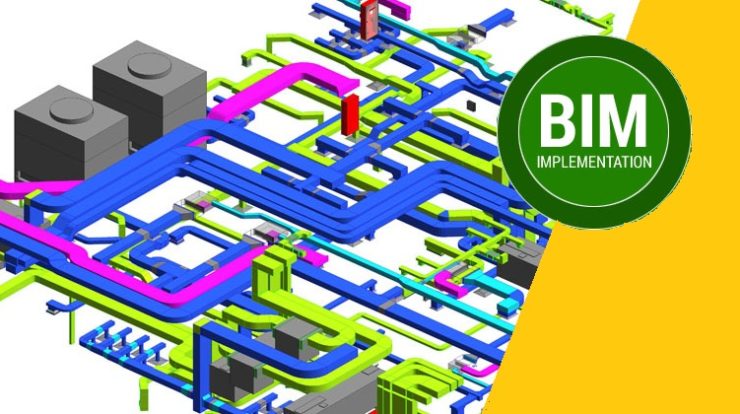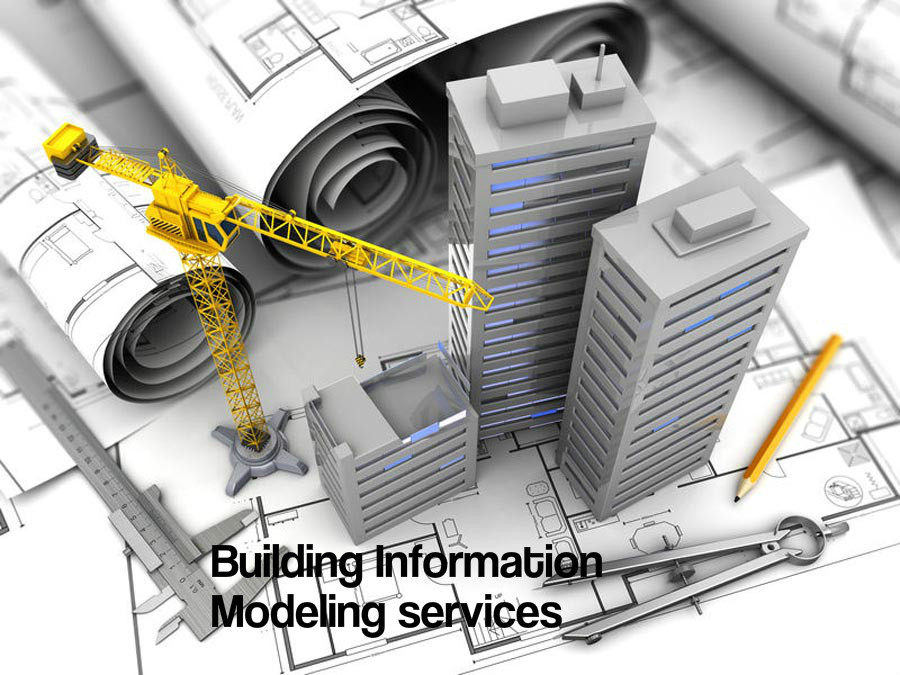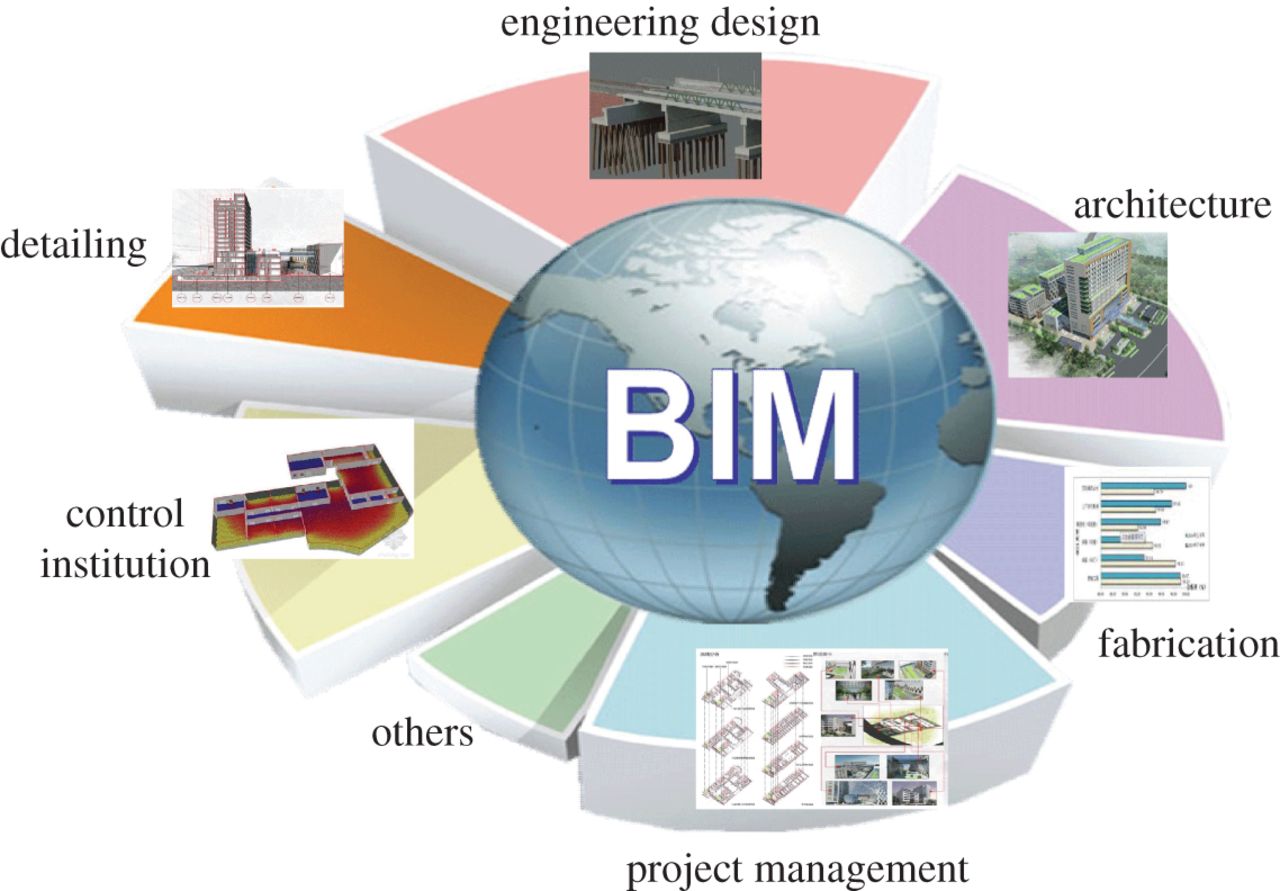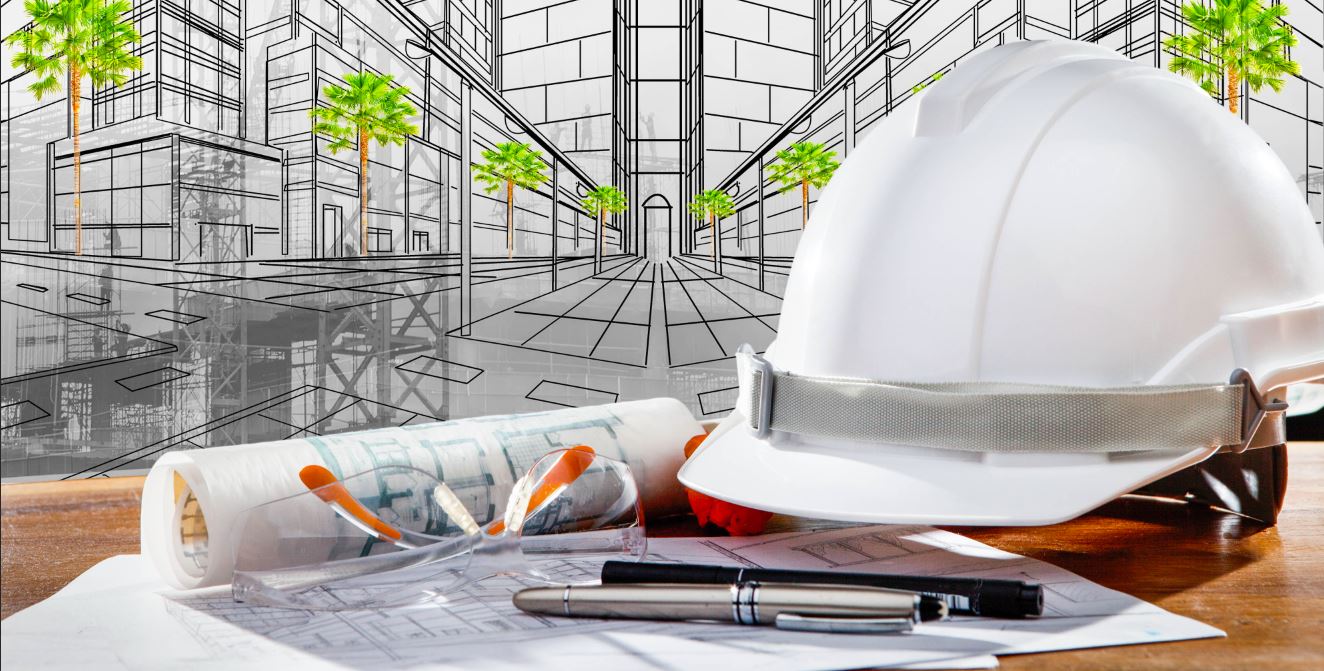
It’s very easy to get confused between Building Information Modeling (BIM) and 3D building design, as to an untrained eye they both use the same type of software, have the same focus on 3D design and even share some of the same construction designing tools. What separates BIM implementations from traditional 3D design software is their focus on the environmental information and data collection.
BIM implementations take into account information collected from suppliers, engineers, architects and construction experts, to name just a few of the parties involved. This information is collated and integrated into a point cloud data, which is then used to create a 3D schematic that is collaborated on simultaneously by all parties involved. Since BIM first came into existence, data collection has been solely focused on the design and building phases. But what if data could be collected even earlier still? What if data collection started at the supplier side itself?
Cataloguing
Imagine the unparalleled strength of a BIM design, which contained information on every single nut and bolt in use across its schematic. Supplier side BIM implementations would begin with detailed specifications on raw materials, building supplies and metal/non-metal parts. This could include exact dimensions, weight, and even recommended counterparts!
Inventory
These benefits do not need to be limited to BIM experts only. A detailed catalogue of materials can easily couple with an inventory management system as well. This can help suppliers keep a real-time account of stock and allow BIM service providers to identify suppliers that have all the required raw materials for the job. BIM implementations don’t come cheap and most companies prefer to get supplies from one single supplier, to offset costs.
Accurate Estimates
For large scale BIM undertakings, billing can be a statistical nightmare! Can you even picture the number of screws, washers, beams, etc that go into constructing a single room, let alone an entire building? It’s not a small number, and when it comes to estimating costs, suppliers are not going to put in the effort to count every single part! However with a supplier side BIM implementation, this assessment can become an exact science.
Semi-Finished Parts
Now let’s take this discourse on supplier side BIM a step further. There are many standard semi-finished parts that construction designers make frequent use of. If these were available as pre-assembled products in a supplier’s catalogue, accompanied with a full set of data points, it could mean huge savings for BIM implementation in terms of time it would have taken to assemble such parts, and in terms of money saved on bulk deals!
The Drawbacks
Unfortunately supplier side BIM has two clearly foreseeable disadvantages.
- BIM designs can be created on a variety of software. There is no standard BIM software in use today, and so suppliers would have to re-upload catalogues one every software to prove useful.
This could be addressed by creating a supplier side database in a standard format, which could then be uploaded to any BIM software in question. - Misrepresentation of data at supplier end could set back BIM implementations, which are known for accurate and reliable data collection.
Addressing such an issue would require the creation of regulatory authorities at a governmental level.
Do you believe supplier side BIM implementation would be beneficial to BIM in general? Let us know your thoughts on the matter! Join us for more conversations on BIM at Technostruct:



